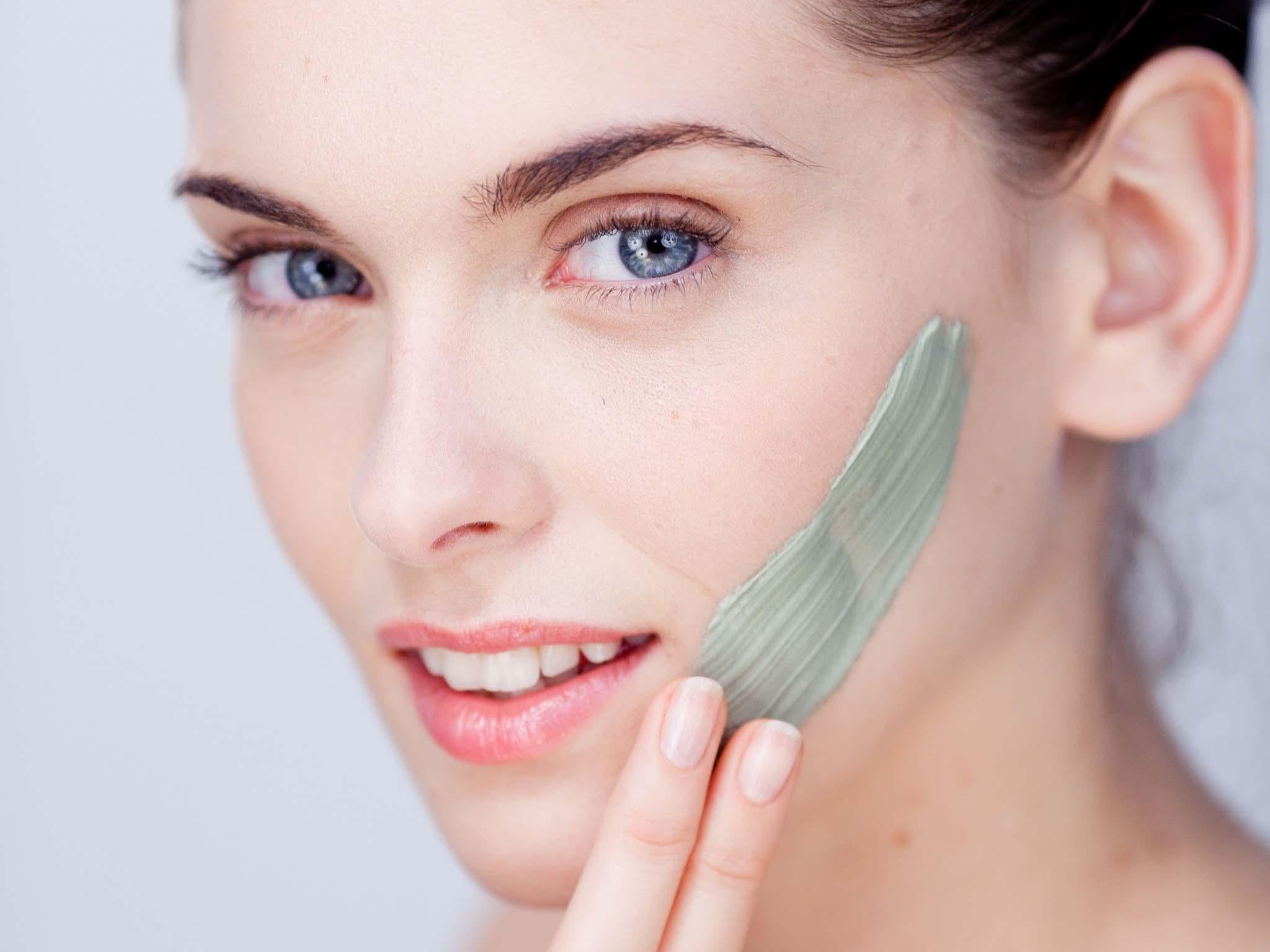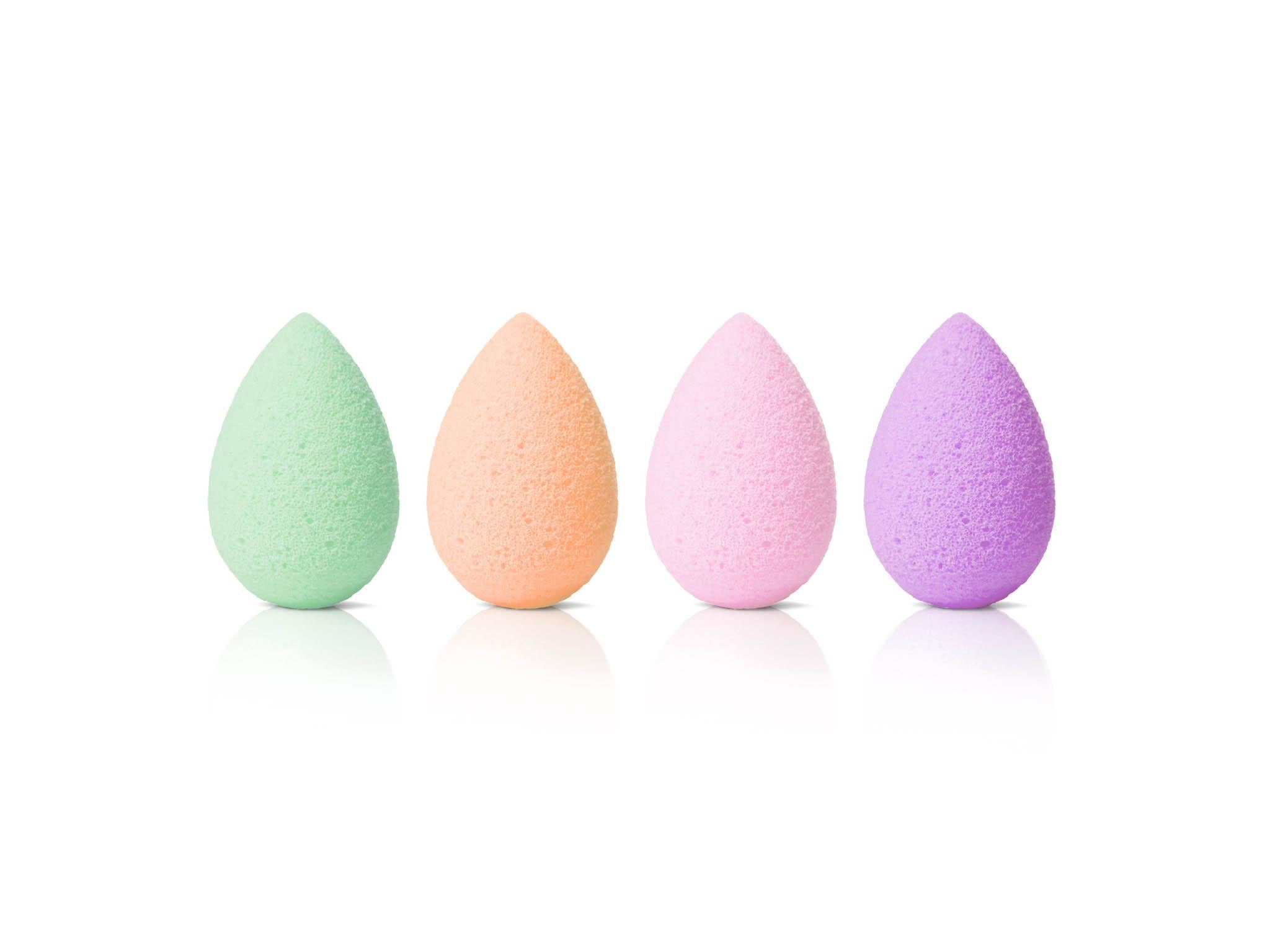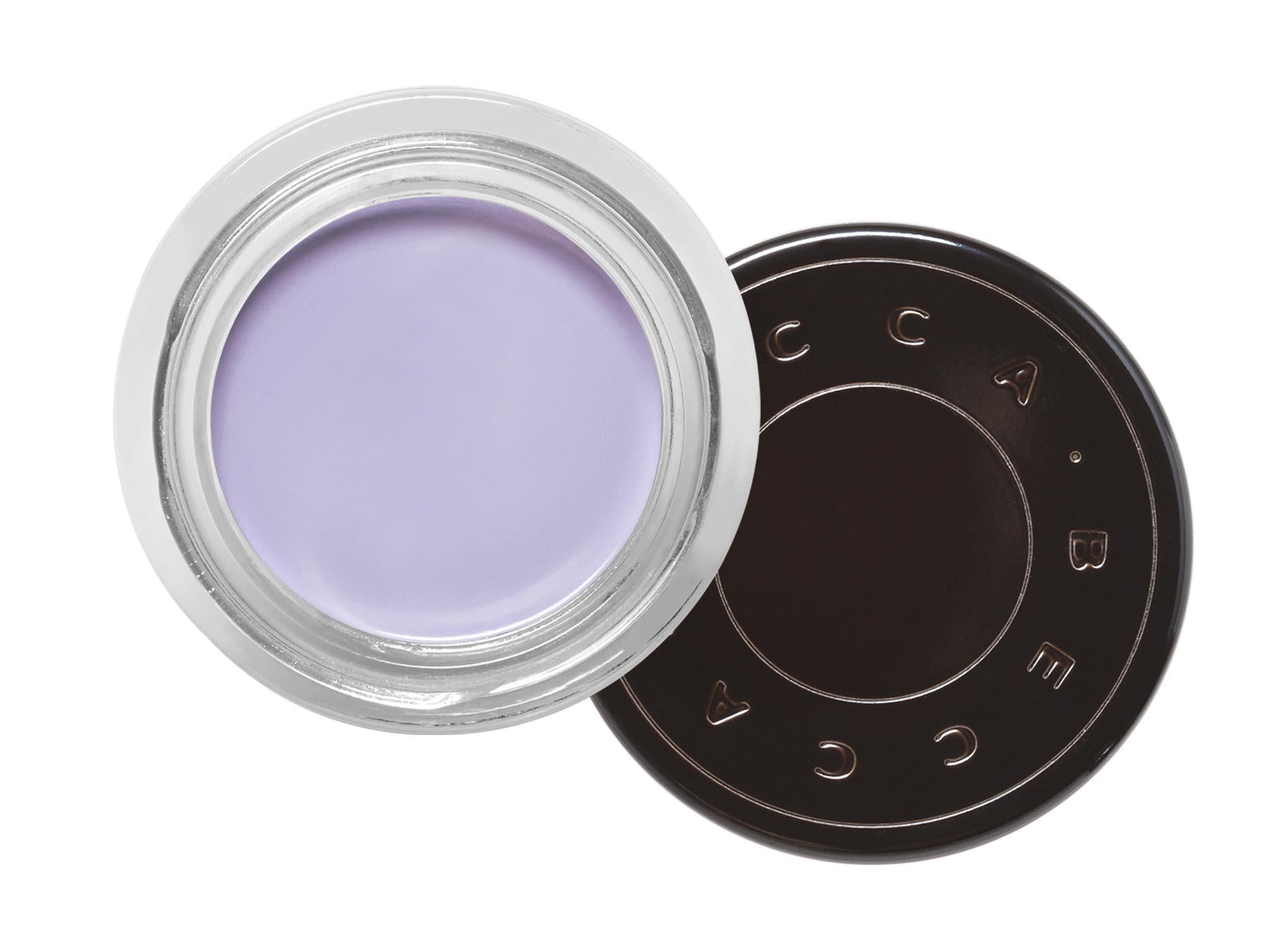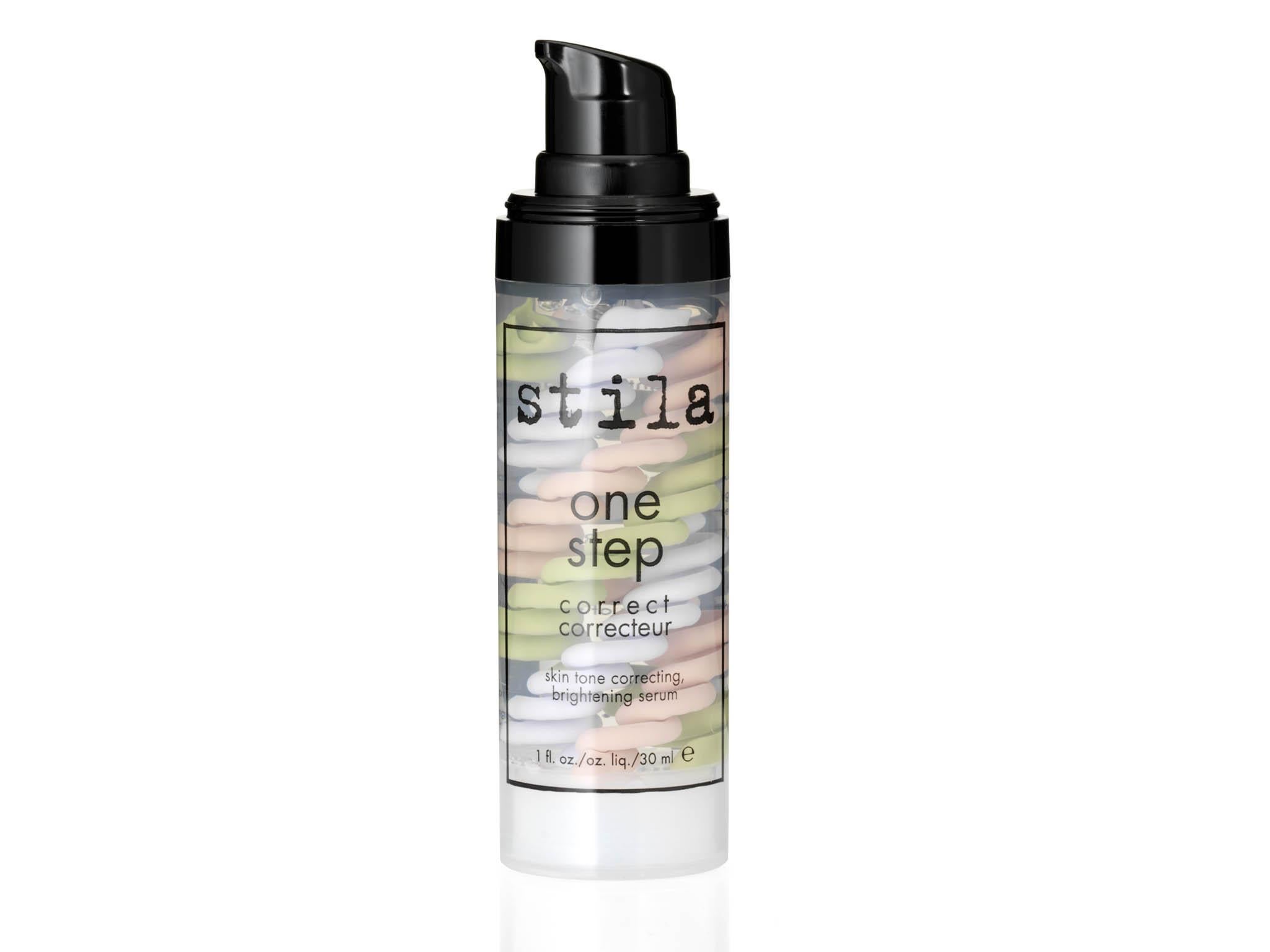How to colour correct: A cheat sheet
Thanks to a new spin on concealer multi-coloured hues are your answer to skin tone perfection. Sarah Young investigates why it’s time to master colour correcting formulas

Your support helps us to tell the story
From reproductive rights to climate change to Big Tech, The Independent is on the ground when the story is developing. Whether it's investigating the financials of Elon Musk's pro-Trump PAC or producing our latest documentary, 'The A Word', which shines a light on the American women fighting for reproductive rights, we know how important it is to parse out the facts from the messaging.
At such a critical moment in US history, we need reporters on the ground. Your donation allows us to keep sending journalists to speak to both sides of the story.
The Independent is trusted by Americans across the entire political spectrum. And unlike many other quality news outlets, we choose not to lock Americans out of our reporting and analysis with paywalls. We believe quality journalism should be available to everyone, paid for by those who can afford it.
Your support makes all the difference.Sometimes a full night of shut-eye just isn’t enough and covering up those dark under eye circles can feel like a losing battle – especially if you’ve somehow managed to escape the beauty world’s latest buzzword in skin-tone perfection; colour correction. You’ve probably heard of CC creams, an alliterative term short for colour correcting cream, but recently a new spin on the trend has seen a wave of pastel hued iterations hit the market. Based on colour harmony principles, this trend has a lot to do with understanding the basics of the colour wheel where shades directly across from one another become neutralised. It might sound a little fiddly at first but colour correcting really can be your saving grace. First of all you just need to learn how to pick the right shades for your particular concern.

Green
When you find yourself coming face to face with an unsolicited spot green concealer will be your best friend. The colour camouflages redness and is great at removing flushes of colour from your skin. It also helps if you suffer from rosacea, broken blood vessels, acne scars or blotchy areas by creating an even toned base which you can then go on to apply your usual foundation.
Lavender
Purple sits directly opposite yellow on the colour wheel so it’s great for eliminating any unwanted yellow undertones on your skin. If you suffer from discolouration or sallow skin using a violet product will correct a lacklustre complexion leaving behind a beautiful dewy glow

Pink
These colours are ideal for brightening around the eye are and masking signs of fatigue. The mixture of red, orange and yellow hues sit across from green, purple and blue making them the best remedy for banishing dark under eye circles. The specific shade of pink that you use is dependent on your skin tone though; for fair skin opt for pale pink, peach for medium complexions and orange-pink for darker skin tones. They’re also great at covering up bruises and unsightly veins.

Yellow
This works well for most skin tones and is great for evening out your complexion and any areas of general concern. Yellow hues will help to provide a bright base for your foundation and can also be a great tool for cancelling out dark patches or under eye circles on olive skin.
The trick with colour correcting is not to get overzealous. It’s important to remember that these are just shadows that you’re covering so start lightly by patting them on with your fingertips and build where needed. It might be tempting to pile on but if you work slowly and with the natural warmth of your skin you’re more likely to get a super-natural looking finish.
Join our commenting forum
Join thought-provoking conversations, follow other Independent readers and see their replies
Comments